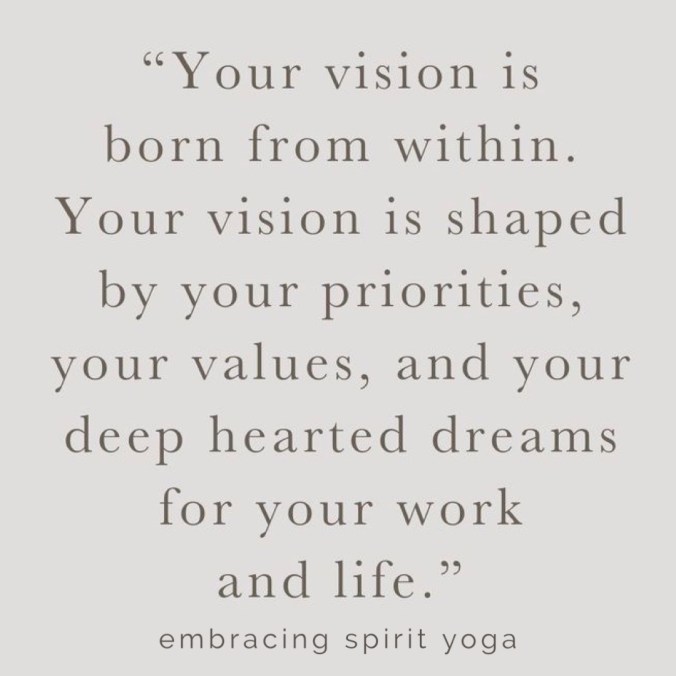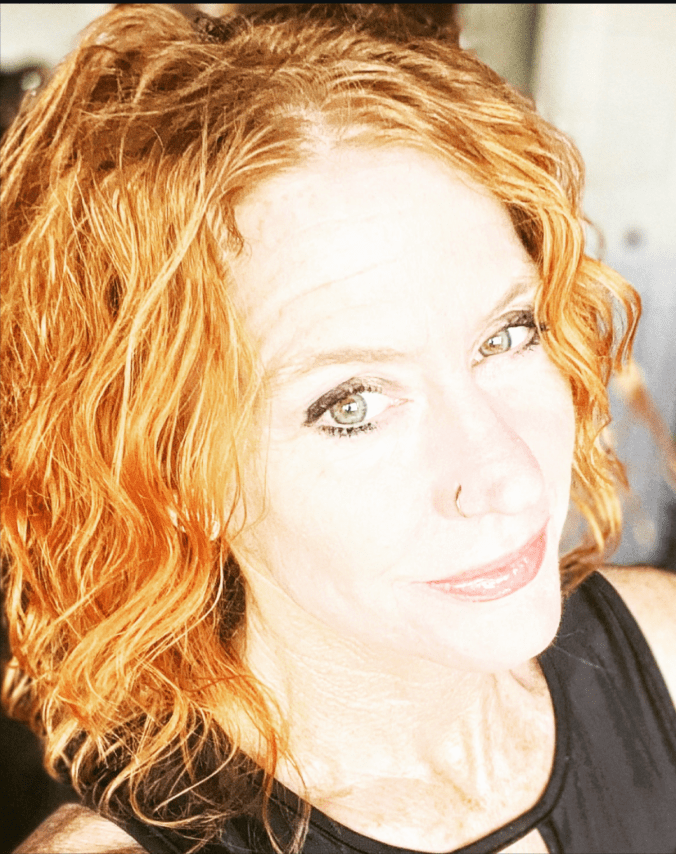Living with chronic pain can feel overwhelming but when you put a few tools into your toolbox you can start to feel empowered versus defeated. I have found combining traditional treatment with some holistic approaches is the perfect balance for living with chronic pain.
When I was first referred to a pain management specialist I was in my mid-thirties and had no real idea what it all meant. I knew that I was there to address chronic and ongoing back pain but was a little clueless about empowering myself with a few tools to help manage the pain. Over time I have gathered quite a bit of knowledge and found what works for me.
Tools for Living with Chronic Pain
A holistic approach to living with chronic pain means you bring together a variety of tools to help support you. Being open to trying things is key when looking for the right tool for you. Here are my top four tools in my toolbox.
Gratitude
Please don’t skip past this part because you think that there is no way gratitude can help your physical pain. Hear me out. Gratitude CAN in fact reroute your thinking from dwelling on pain to a better place. Get yourself a small notebook, a free app, or a document section on your computer and start with 3-5 things each day you are thankful for, and why. Listing off your family, friends, house and dog is fine and dandy, but discovering the feeling that is evoked in your is where the magic really is. Next, do a quick google search on the benefits of gratitude and you might just be convinced to give it a try. It is my #1 tool I reach for time and time again to help me live my best life while also living with chronic pain.
Self-Care
Find something, anything, that gives you comfort and joy. Allow this self-care practice to evolve and change over time and circumstances, but no matter what, you MUST care for yourself. This can be something like a bubble bath, a special cup of tea, a massage, learning a new skill, reading a book, buying yourself a special lotion, or anything else that comforts you. This is a daily requirement.
Movement
Nearly two decades ago, my rheumatologist told me that if I don’t move it, I will lose it. While there are some days living with chronic pain it seems inconceivable that moving would make me feel better, but it truly does. I have a little rule I follow–if I sit for 30 minutes, I must move for 15 minutes. A lap around the block usually does it. This constant motion keeps my joints lubricated and my muscles supple. I also incorporate water exercises, yoga, and mild strength training into the mix. Motion is lotion and I am firm believer in that. Those individuals who succumb to the aches and pains and opt to binge on Netflix day after day are probably in more pain than they would be had they chosen to move a little more. Try it and you might be surprised.
Reframing Your Thoughts
It is a slippery slope to think about, talk about and identify with a diagnosis. Learning to be mindful in the thoughts and words we chose as it relates to our pain is a powerful tool. I have found that catching my self saying things that “feed” the pain and diagnosis is something that I needed to nip right away. Rather than saying, “my pain is killing me”, I opt to think or say “my pain is present and I need to do something about it”. Or I simply feel it and then move on. Becoming consumed with the details of the diagnosis can overwhelm you and you can quickly sink into identifying as the diagnosis and lose yourself.
Listen to this podcast for more details about the power YOU have to build your holistic toolbox because you are so worth it.











